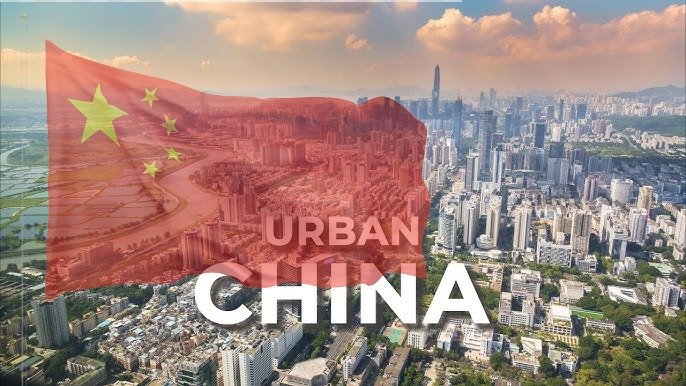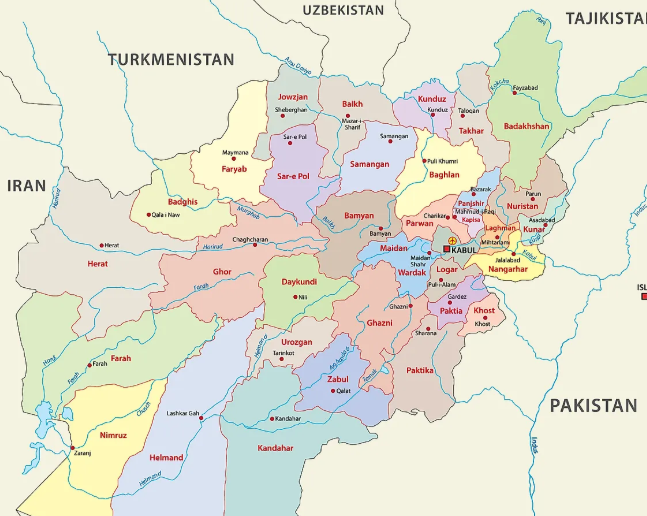China’s State Council has issued a five-year action plan to accelerate urbanization and develop the urbanization sector. The plan relaxes household registration restrictions in major cities and increases housing support for new urban residents. This initiative follows the 20th Central Committee of the Communist Party of China’s third plenary session, which emphasized urbanization in its blueprint for reform and opening-up. China’s economy has demonstrated its resilience and boundless potential opened up by underscoring the crucial role of urbanization in stimulating domestic demand and driving sustainable growth.
Urbanization has been a cornerstone of China’s economic strategy and a key factor in expanding domestic demand and promoting industrial upgrades that support high-quality economic and social development. A country’s steadfast commitment, driven by sweeping land reforms, stands as a beacon of optimism and has already achieved notable success in transitioning from land-centered urbanization to a people-oriented approach. These efforts will enhance the use of rural lands, offering urban residents new opportunities for leisure tourism and investments in rural areas. It aims to increase the urbanization rate of the permanent population to nearly 70 percent within five years, a significant leap from the current rate of 66.16 percent.
The plan’s goal of increasing the urban population is expected to significantly boost domestic consumption, as urban residents typically have higher incomes and spending power than their rural counterparts. China hopes to stimulate demand for goods and services, thereby driving economic growth and integrating more rural migrants into the urban economy. Leading agricultural enterprises can modernize and expand, bringing capital, talent, technology, and other resources into rural revitalization. Additionally, rural residents who move to urban areas can generate income from rural homesteads, invigorating the urban real estate market and ensuring stable economic growth.
Planning Strategies
This ambitious target reflects China’s recognition of urbanization as a key driver of economic and social development. China aims to create a more robust domestic market, enhance industrial upgrades, and improve living standards for millions of its citizens by transitioning more of its rural population into urban residents. The restrictions will be lifted in cities with a permanent urban population of fewer than 3 million and relaxed in cities with populations between 3 and 5 million. We anticipate this change will make it easier for rural migrants to access public services like healthcare and education, thereby enhancing their quality of life.
Moreover, there is a strong emphasis on expanding housing support through central fiscal support for affordable rental housing, and there will be a concerted effort to renovate shanty towns and improve urban infrastructure. This focus on housing is crucial, as the high cost of living in cities has been a major deterrent for rural residents contemplating a move to urban areas. The major tasks are to improve intercity commuting, strengthen industrial coordination, and promote shared public services. City renewal and safety improvements will focus on building livable, resilient, and smart cities, renovating old neighborhoods, and strengthening urban flood control and management.
Chinese leadership will improve systems to attract rural people to cities, offering stable employment and integrating industrial upgrading with urban development, and also deepen reforms to separate ownership, contracting rights, and management rights of rural land, enhancing farmers’ property rights and boosting the rural economy.
A crucial element of this strategy is the protection of rural residents’ land rights. The plan emphasizes the need to safeguard farmers’ rights to their land, even as they move to cities. This approach aims to provide a safety net for rural migrants, ensuring that they also have the option to return to their rural homes. It aims to fully unleash the potential of domestic demand generated by new-type urbanization, promote economic growth, and support Chinese modernization.
Furthermore, the focus on public services necessitates substantial investment in urban infrastructure. Cities will need to expand their healthcare, education, and social security systems to accommodate the growing population. This will require not only financial resources but also effective governance to ensure that services are delivered efficiently and equitably. China’s five-year action plan, part of a broader vision for urban-rural integration and balanced regional development, represents a bold and comprehensive effort to accelerate the country’s socio-economic transformation.
However, the success of the plan will hinge on effective implementation and the ability to overcome various challenges. Ensuring sufficient employment opportunities, expanding urban infrastructure, and protecting rural land rights are critical factors that will determine the plan’s long-term impact. As China continues to navigate its path towards modernization, the five-year action plan for urbanization will play a pivotal role in shaping the future and Coordinated urban-rural development will significantly unlock China’s untapped domestic demand potential, energizing its economy for decades.
China’s unique experience with land reform holds significant implications for other nations in urgent need of liberating and developing their productivity, offering valuable insights and lessons.

Executive Director, Pakistan Research Center for a Community with Shared Future (PRCCSF).












